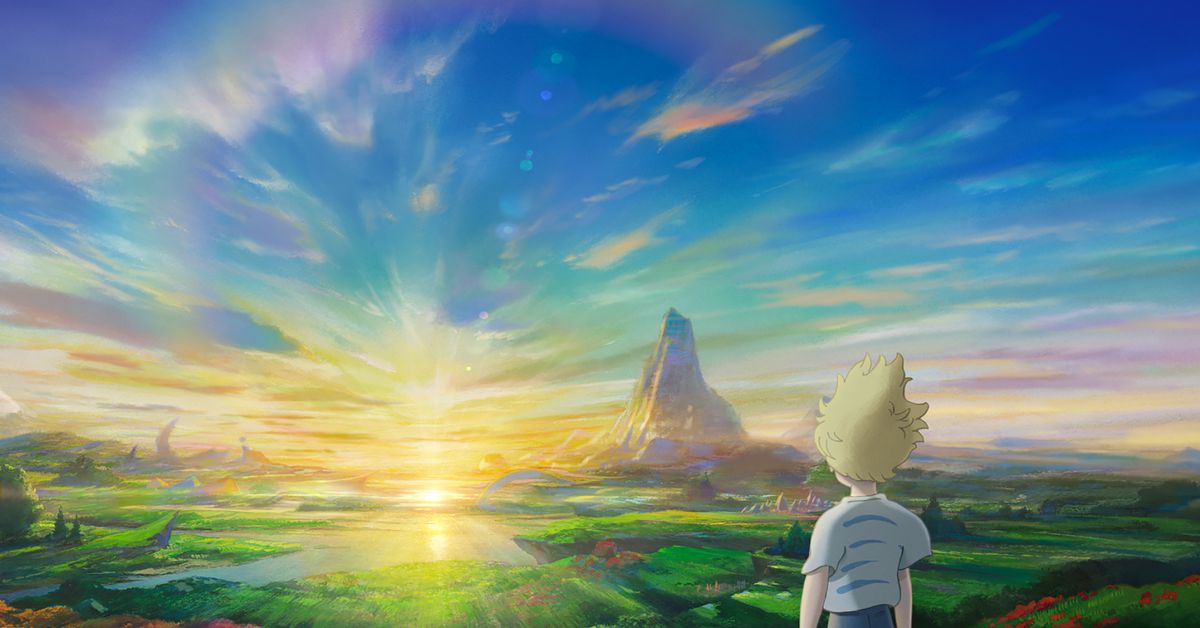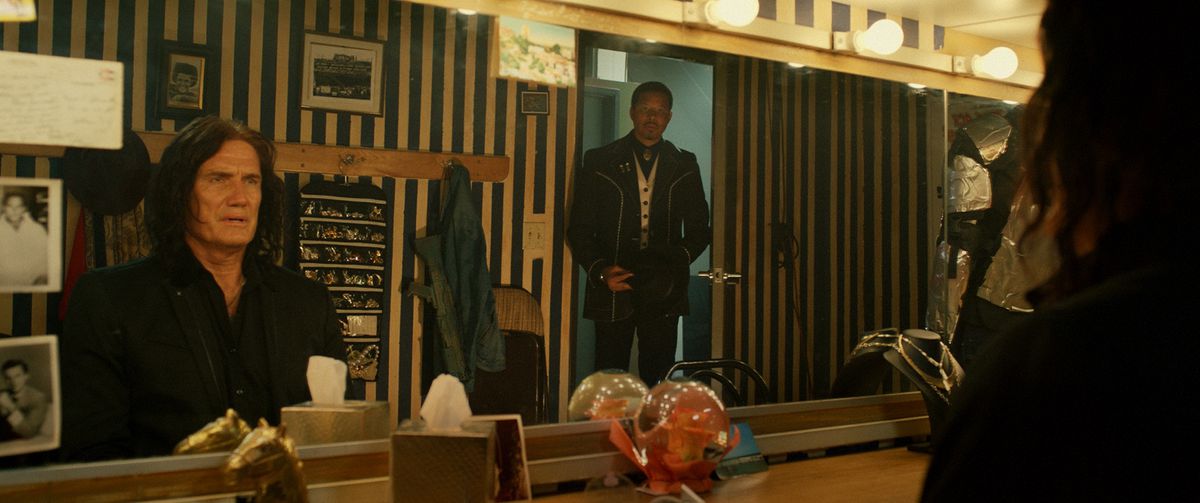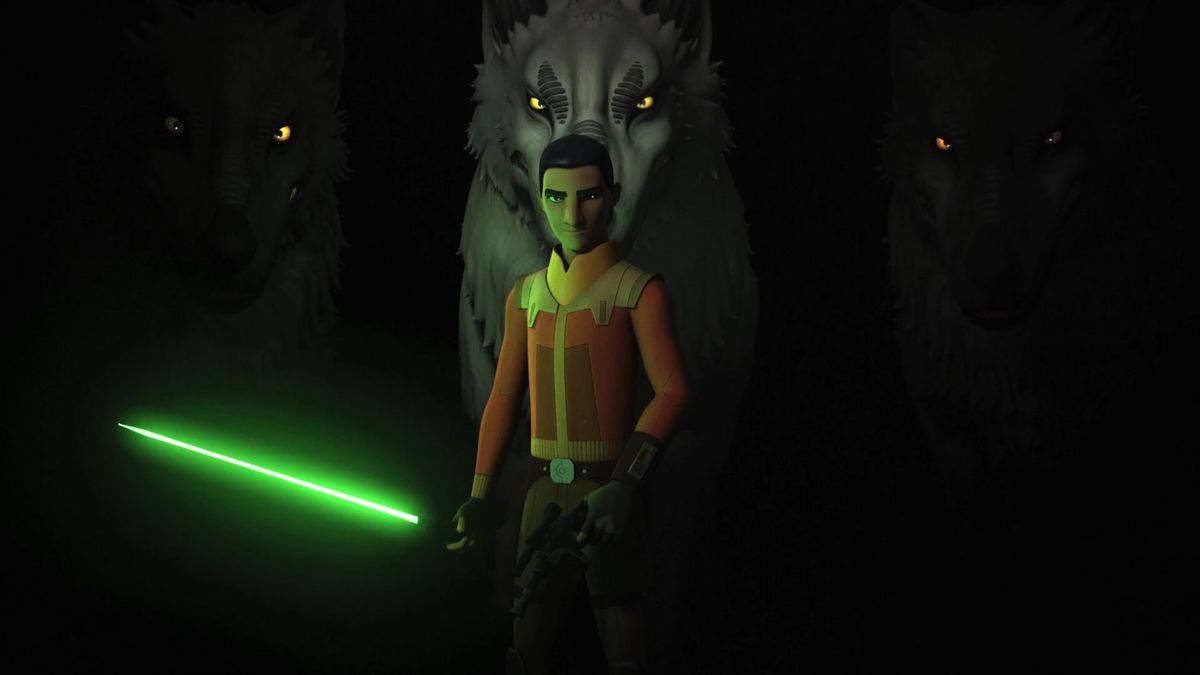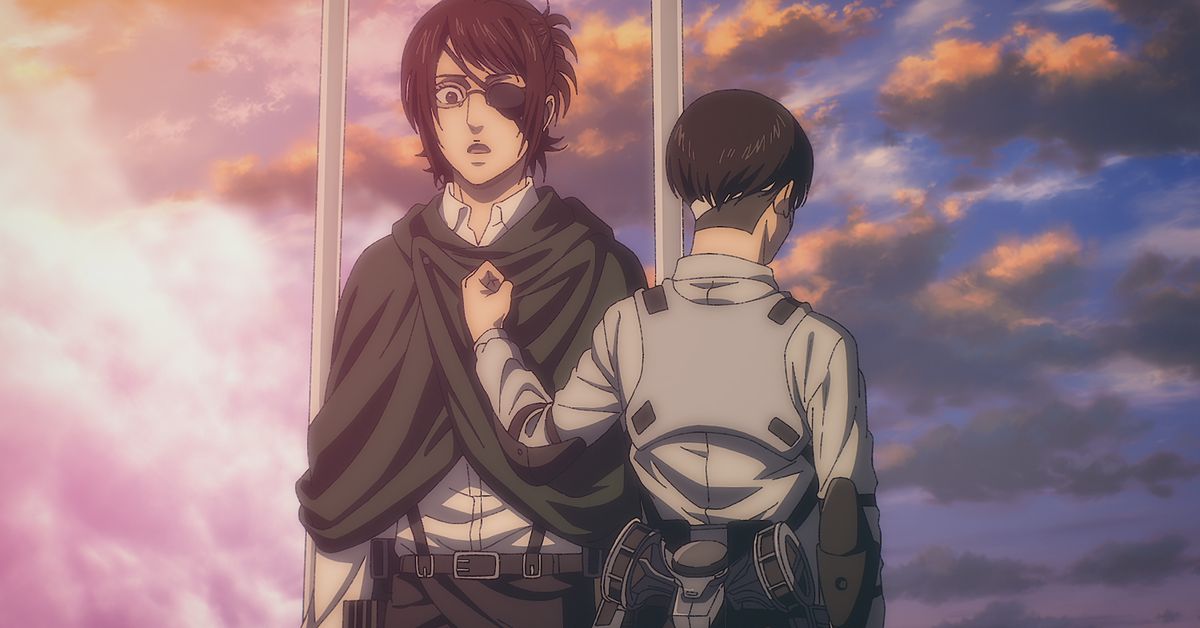Star Trek shows a vision of humanity’s future, but it’s always really about the present.
The Original Series was a portrait of optimism, the now-iconic narration beckoning to John F. Kennedy’s “New Frontier” speech. The Next Generation aired during the end of the Cold War, when many Americans felt they were at the “end of history.” So TNG showed a utopian future, reflecting viewers’ sense of security but urging them to aspire for more. Then Enterprise, the first post-9/11 Star Trek, shifted to something more paranoid — the entire third season was about the crew hunting the alien Xindi after they attacked Earth.
Which brings us to Strange New Worlds, the ongoing Trek prequel set a decade or so before The Original Series. The series, which concluded its second season on Thursday, purposefully uses the familiar Star Trek formula: episodic, message-based storytelling about the Enterprise charting the unknown. In the era of serialized streaming, that kind of storytelling can feel as alien as a Klingon or a Vulcan.
But not everything about Strange New Worlds is a throwback. Its social commentary is very 2020s, focusing on institutionalized discrimination, civil unrest, and PTSD. While the episode narratives are classical, the innovation of Strange New Worlds is taking the messages from those old episodes and reframing them with a modern lens.
:no_upscale()/cdn.vox-cdn.com/uploads/chorus_asset/file/24055767/SNW_102_MG__018944_RT.jpg)
One of the most famous message episodes of Star Trek is “Let That Be Your Last Battlefield,” when the Enterprise visits the planet Cheron. The inhabitants discriminate against each other because one half is white-skinned on their right side and black-skinned on their left. For the other half, it’s the other way around. It’s an antiracist message for sure, but one that paints racism as only foolish and advocates colorblindness.
By contrast, Strange New Worlds’ handling of Una’s heritage in episode 2 of this season has a more 21st-century view of discrimination. When the Federation discovers she is an Illyrian, an alien race that practices genetic engineering, she (and her identity) are put on trial. Whether you take this story as an allegory about racism or queer identity and gender-affirming medicine, the impact of the story is the same.
Here, discrimination is insidiously woven into the system the heroes live under, and they have to look past their privilege to understand others’ experiences. This would’ve been far too radical a perspective to broadcast back in the 1960s; indeed, queer issues weren’t even on the radar of The Original Series. Now, though, we’ve reached a level of understanding such that “Let That Be Your Last Battlefield” doesn’t cut it. “Good” doesn’t come easy on Strange New Worlds.
:no_upscale()/cdn.vox-cdn.com/uploads/chorus_asset/file/24830784/Star_Trek_TOS_Original_Series_season_3_screenshot.png)
:no_upscale()/cdn.vox-cdn.com/uploads/chorus_asset/file/24830810/SNW_202_MG_0218_0266_RT.jpg)
The empathy of Strange New Worlds doesn’t end with the Illyrians. Episode 6, “Lost in Translation,” features the Enterprise destroying a refinery after the locals object to it. With an environmental message like that, the episode might as well be called “How to Blow Up a Deuterium Pipeline.” Even in season 1, “Lift Us Where Suffering Cannot Reach” practically adapted Ursula K. Le Guin’s The Ones Who Walk Away from Omelas, with a metaphor for capitalism and American hegemony nestled in a paradise sustained by a child’s torture.
The 2020s are an angrier, more unstable time than previous eras when Star Trek has been at a popularity peak. Perhaps the best example of this is episode 8 of this season, “Under the Cloak of War,” when the Enterprise is assigned to escort Klingon ambassador Dak’Rah (Robert Wisdom), who defected to the Federation and forsook his people’s warlike ways. He even killed his own men after his change of heart, which earned him the nickname “Butcher of J’Gal.” Still, the crew is uncomfortable around him, especially Klingon war veteran Dr. M’Benga (Babs Olusanmokun).
The obvious comparison is the sixth Star Trek film, The Undiscovered Country, which shows how the Federation and Klingons became allies. The film is a transparent allegory for the fall of the USSR. The Klingons sue for peace after their moon Praxis explodes (à la Chernobyl) while the Klingon chancellor’s reforms mirror Premier Gorbachev’s glasnost and perestroika.
The villains of the movie are conspirators from both sides who want to undermine the peace talks. But just as challenging is our heroes overcoming their prejudice. If they don’t, peace is impossible. In 1991, when the national policy was reconciliation with Russia, such a message hit on lingering resentment toward a nation that had been the West’s boogeyman for decades.
The Undiscovered Country is about the heroes learning forgiveness — and that people who they thought evil are worth forgiving. There are other Star Trek stories that echo this pacifist philosophy, like The Next Generation’s “The Wounded” or Deep Space Nine’s “Duet.” But not Strange New Worlds. Dak’Rah is lying about his past; he’s not the Butcher of J’Gal, it’s M’Benga, who tried to assassinate Dak’Rah. When he got there, the Klingon had fled, so M’Benga settled for his soldiers. The two come to blows and M’Benga stabs Dak’Rah, finally killing him years too late. In the episode’s coda, the doctor tells Captain Pike (Anson Mount) that he still hasn’t forgiven the Klingon even in death.
Like in past Star Trek stories, war created prejudice. But rather than tell a story of overcoming that prejudice with reconciliation as a great equalizer, Strange New Worlds argues it does a disservice to victims by insisting they forgive those who hurt them. That perspective is reflected in the one the episode shows; half of “Under the Cloak of War” is flashbacks to the war. Since we go through the horrors of J’Gal alongside M’Benga, our empathy is always with him.
So has Star Trek turned its back on the virtue of forgiveness? It’s more that this isn’t the mood of the times. We live in an era seemingly without accountability, where the bad guys appear to always get away with it. A president started an illegal war under false pretenses. Another one tried to overthrow democracy because he couldn’t stand losing. Financiers crashed the economy with their greed, while tech bros ravage whole industries and exit with golden parachutes. Understanding those who’ve wronged us can start to feel futile if they won’t accept the consequences themselves.
:no_upscale()/cdn.vox-cdn.com/uploads/chorus_asset/file/24831298/STAR_TREK_ST_208_PROXY_1080P_STEREO.00_35_58_03.Still002.jpg)
Isn’t Star Trek supposed to be optimistic, though? Yes — so the guiding question of Strange New Worlds is if a utopian future is something we can still wish for. In the pilot, Pike warns the inhabitants of planet Kiley 279 of what will happen if they decide to destroy each other with weapons of mass destruction. How? By showing them 21st-century Earth, when people tore each other apart. It’s a warning not just for the aliens, but for the audience too.
When La’an (Christina Chong) goes back to the 2020s at the beginning of season 2, she learns that the Eugenics Wars (previously said to have happened in the 1990s) have been moved up thanks to some time-traveling Romulans. This can just seem like a continuity reshuffling, but it’s actually home to Strange New Worlds’ guiding light: While the timeline has changed, we’re still on the right path to a better tomorrow. We’ll grow not in spite of the challenges we face, but because we can rise to meet them.
Strange New Worlds can’t be baselessly optimistic — we the viewers know firsthand that time moving forward doesn’t necessarily make things better. However, even when showing that some of our present faults still linger, the show ultimately tells its audience not to lose hope for the future.








